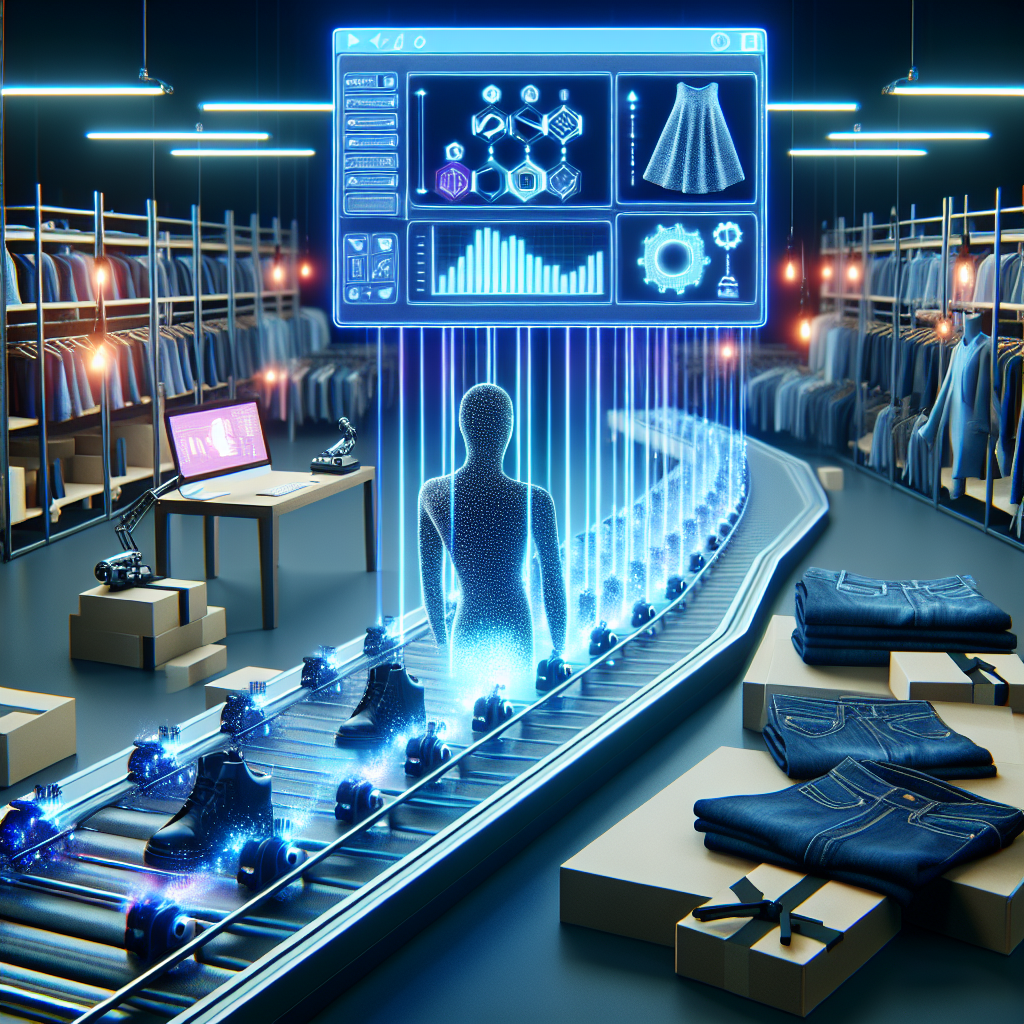The fashion industry is constantly evolving, with new trends and styles emerging each season. In recent years, artificial intelligence (AI) software has been making its mark on the industry, revolutionizing the way fashion companies operate and creating new opportunities for growth and innovation. From designing clothes to predicting trends, AI is changing the game in the fashion world.
One of the key ways that AI software is being used in the fashion industry is in the design process. Traditionally, designers would sketch out their ideas on paper before creating physical prototypes. With AI software, designers can now use computer algorithms to generate designs based on a set of parameters, such as desired style, color palette, and fabric choice. This allows designers to quickly iterate on their ideas and come up with new designs in a fraction of the time it would take using traditional methods.
AI software is also being used to analyze data and predict trends in the fashion industry. By analyzing social media data, sales figures, and other relevant information, AI algorithms can identify emerging trends and predict what styles will be popular in the future. This can help fashion companies make better decisions about what products to produce and how to market them, ultimately leading to increased sales and customer satisfaction.
Another way that AI software is being used in the fashion industry is in personalized styling and recommendation services. By analyzing a customer’s past purchases, browsing history, and style preferences, AI algorithms can recommend clothing and accessories that are tailored to their individual tastes. This can help customers discover new brands and styles that they may not have come across on their own, leading to a more personalized shopping experience.
In addition to design and trend prediction, AI software is also being used to optimize supply chain management and production processes in the fashion industry. By analyzing data on inventory levels, production schedules, and other relevant factors, AI algorithms can help companies streamline their operations and reduce costs. This can lead to faster production times, lower inventory levels, and ultimately higher profits for fashion companies.
Overall, the use of AI software in the fashion industry is revolutionizing the way companies operate and creating new opportunities for growth and innovation. By automating repetitive tasks, analyzing data to predict trends, and personalizing the shopping experience for customers, AI is helping to drive the industry forward and shape its future.
FAQs:
1. How is AI software being used in the design process in the fashion industry?
AI software is being used in the design process to generate designs based on a set of parameters, such as desired style, color palette, and fabric choice. This allows designers to quickly iterate on their ideas and come up with new designs in a fraction of the time it would take using traditional methods.
2. How is AI software being used to predict trends in the fashion industry?
AI software is being used to analyze data, such as social media data and sales figures, to identify emerging trends and predict what styles will be popular in the future. This can help fashion companies make better decisions about what products to produce and how to market them.
3. How is AI software being used in personalized styling and recommendation services in the fashion industry?
AI software is being used to analyze a customer’s past purchases, browsing history, and style preferences to recommend clothing and accessories that are tailored to their individual tastes. This can help customers discover new brands and styles that they may not have come across on their own.
4. How is AI software being used to optimize supply chain management in the fashion industry?
AI software is being used to analyze data on inventory levels, production schedules, and other relevant factors to help companies streamline their operations and reduce costs. This can lead to faster production times, lower inventory levels, and ultimately higher profits for fashion companies.

